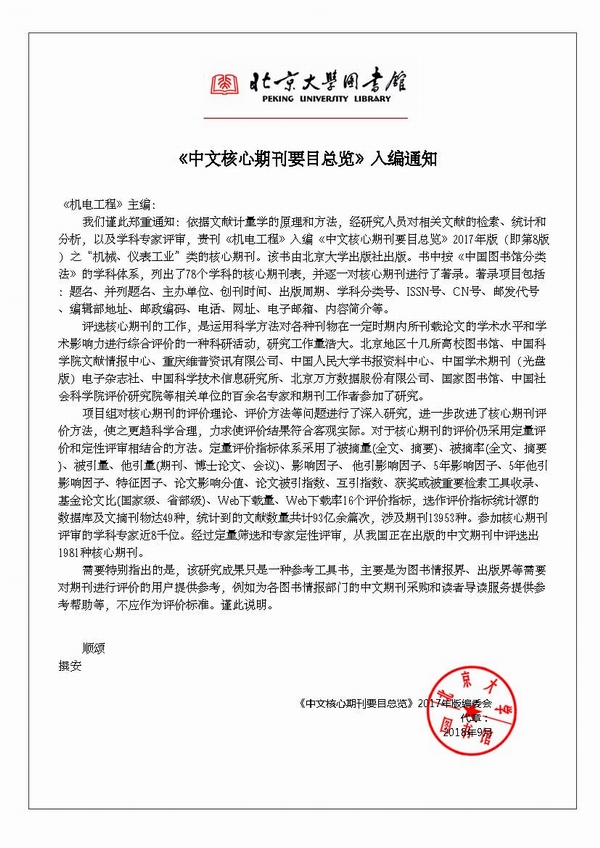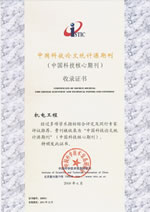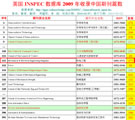
Founded in 1971 >
Chinese Sci-tech Core Periodicals >
British Science Abstracts (SA, INSPEC) Indexed Journals >
United States, Cambridge Scientific Abstract: Technology (CSA: T) Indexed Journals >
United States, Ulrich's Periodicals Directory(UPD)Indexed Journals >
United States, Cambridge Scientific Abstract: Natural Science (CSA: NS) Indexed Journals >
Poland ,Index of Copernicus(IC) Indexed Journals >
International Standard Serial Number:
ISSN 1001-4551
Sponsor:
Zhejiang University;
Zhejiang Machinery and Electrical Group
Edited by:
Editorial of Journal of Mechanical & Electrical Engineering
Chief Editor:
ZHAO Qun
Vice Chief Editor:
TANG ren-zhong,
LUO Xiang-yang
Tel:
86-571-87041360,87239525
Fax:
86-571-87239571
Add:
No.9 Gaoguannong,Daxue Road,Hangzhou,China
P.C:
310009
E-mail:
meem_contribute@163.com
Abstract: Aiming at the problem that the widely used finite element method is difficult to explore the influence of temperature rise on the dynamic characteristics of hydrostatic bearings, a dynamic lubrication simulation algorithm for variable viscosity hydrostatic bearings based on the finite difference method was proposed, and the temperature rise characteristics of the variable-viscosity hydrostatic bearing was studied. Firstly, the thermodynamic boundary conditions of the oil cavity were improved to broaden its application range, made it suitable for hydrostatic bearings with large oil chamber dimensions. Then, the Reynolds equation, flow continuity equation, energy equation and viscosity-temperature equation were processed based on the finite difference method, and the dynamic lubrication model of variable viscosity heat flow of hydrostatic bearings based on MATLAB was established. Finally, the variation mechanism of oil film pressure and temperature rise was simulated and analyzed when eccentricity ε was 0.1~0.4 and spindle speed n was 3 000 r/min ~10 000 r/min (linear speed was 14.1 m/s ~47.1 m/s). The experiment results show as follows: when the rotational speed increases from 3 000 r/min to 10 000 r/min, the bearing capacity of hydrostatic bearing increases with the increase of rotational speed due to the increase of dynamic pressure effect, but the average oil film pressure decreases by about 24% due to the increase of temperature and the decrease of oil film viscosity. The increase of eccentricity will lead to the accumulation of oil film temperature, and the increase of rotational speed will lead to the increase of oil film temperature rise. Therefore, when the eccentricity ε=0.4 and rotational speed n=10 000 r/min, the temperature rise of oil film is larger and its heat concentrates, and the highest temperature rise can reach 39.5 ℃. The higher the spindle speed, the more significant the influence of hot oil carrying in hydrostatic bearing on temperature rise. This study lays a theoretical foundation for the study of the axial locus and dynamic characteristics of highspeed hydrostatic bearing under the influence of temperature rise.
Key words: sliding bearing; hydrostatic bearings; heat flow lubrication model; oil film pressure; oil film viscosity; MATLAB; thermodynamic boundary condition








